Growing Bush Beans in Pots: Imagine stepping onto your balcony or into your small backyard and harvesting a handful of fresh, crisp bush beans, ready to be tossed into a salad or steamed for a delicious side dish. Sounds idyllic, right? Well, it’s more achievable than you think, even without acres of land! For centuries, container gardening has allowed people to cultivate food and beauty in limited spaces. From the hanging gardens of Babylon to the window boxes of Parisian apartments, the desire to connect with nature and grow our own food is deeply ingrained in the human spirit.
But let’s be honest, not everyone has the time, space, or even the inclination for a sprawling garden. That’s where the magic of growing bush beans in pots comes in! This DIY guide is your ticket to fresh, homegrown goodness, no matter how small your living space. I’m going to share my favorite tips and tricks for successfully growing bush beans in pots, from choosing the right container and soil to warding off pests and maximizing your yield.
Why is this so important? Because fresh, homegrown vegetables are not only tastier but also healthier and more sustainable. Plus, there’s something incredibly satisfying about nurturing a plant from seed to harvest. So, ditch the store-bought beans and get ready to embark on a rewarding gardening adventure. Let’s get started!
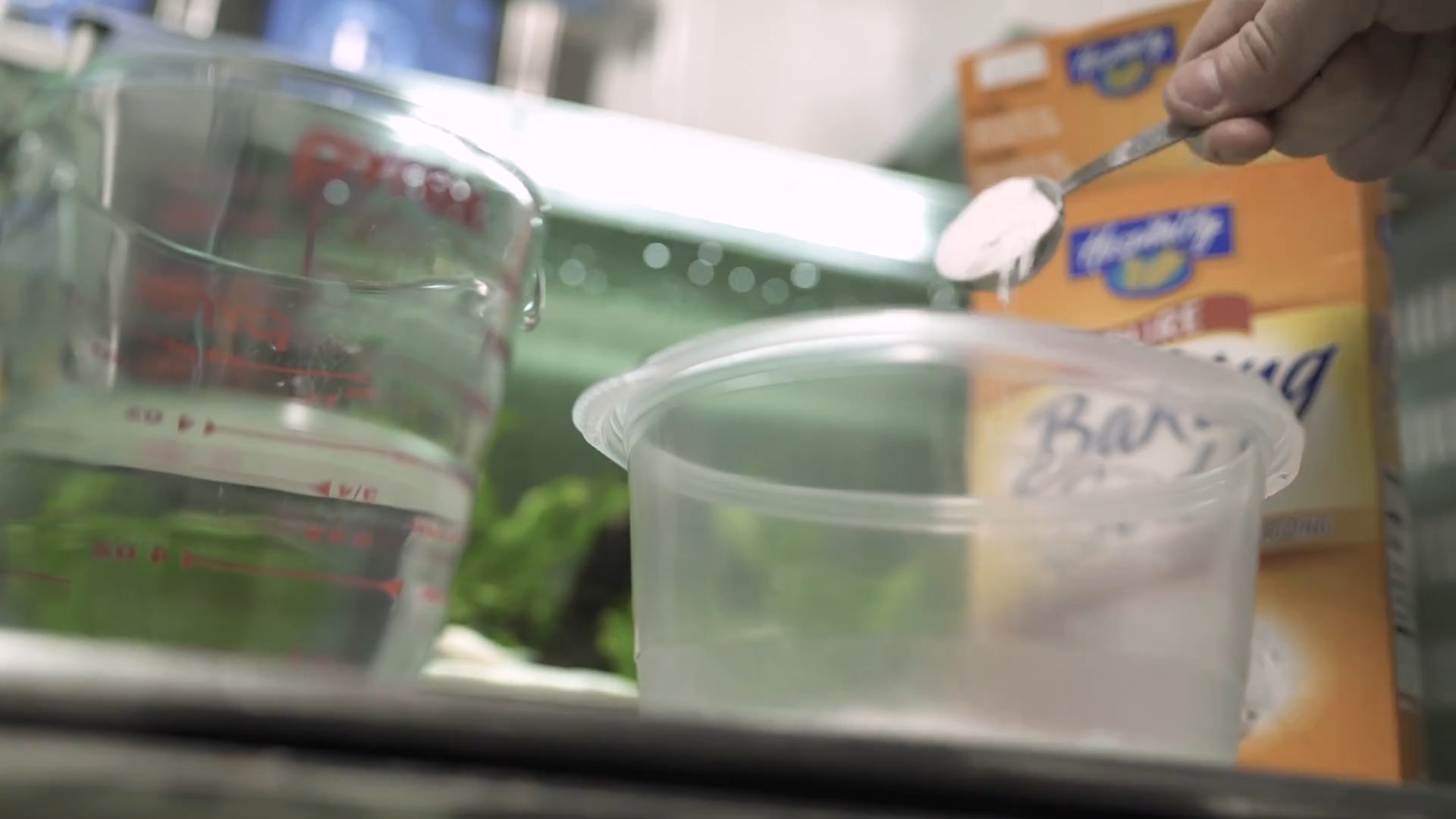
Growing Bush Beans in Pots: A Complete DIY Guide
Hey there, fellow gardening enthusiasts! I’m so excited to share my tried-and-true method for growing bush beans in pots. It’s surprisingly easy, even if you’re a beginner, and the reward of fresh, homegrown beans is absolutely worth it. Let’s dive in!
Choosing the Right Bush Bean Variety
First things first, you need to pick the right bush bean variety. Not all beans are created equal, especially when it comes to container gardening. Here’s what I look for:
* Compact Size: Bush beans are naturally more compact than pole beans, but some varieties are even more suited for pots. Look for terms like “dwarf” or “compact” in the description.
* Disease Resistance: Choose varieties that are resistant to common bean diseases like bean mosaic virus or rust. This will save you a lot of headaches later on.
* Days to Maturity: Consider how long it takes for the beans to mature. Shorter maturity times mean you’ll be harvesting sooner!
* My Personal Favorites: I’ve had great success with ‘Blue Lake Bush’, ‘Contender’, and ‘Provider’ varieties. They’re reliable and produce delicious beans.
Gathering Your Supplies
Okay, now that you’ve chosen your bean variety, let’s gather the necessary supplies. Here’s a checklist to make sure you have everything you need:
* Pots: Choose pots that are at least 12 inches in diameter and 12 inches deep. Bush beans need room for their roots to grow. Fabric pots are also a great option as they allow for better drainage and aeration.
* Potting Mix: Use a high-quality potting mix, not garden soil. Potting mix is lighter and drains better, which is crucial for container gardening. I usually go for a mix that contains peat moss, perlite, and vermiculite.
* Bean Seeds: Obviously! Make sure they’re fresh and from a reputable source.
* Watering Can or Hose: For watering your beans, of course!
* Fertilizer: A balanced, slow-release fertilizer is ideal. You can also use a liquid fertilizer diluted to half strength.
* Optional:
* Trellis or Stakes: While bush beans don’t climb like pole beans, they can sometimes get a little floppy, especially when loaded with beans. A small trellis or a few stakes can provide support.
* Mulch: Mulch helps retain moisture and suppress weeds. Straw or wood chips work well.
Planting Your Bush Beans
Alright, let’s get our hands dirty! Here’s how I plant my bush beans in pots:
1. Prepare the Pot: Fill the pot with potting mix, leaving about an inch or two of space at the top.
2. Sow the Seeds: Make small holes about 1 inch deep and 2-3 inches apart. I usually plant 3-4 seeds per pot to ensure good germination.
3. Cover the Seeds: Gently cover the seeds with potting mix and lightly pat down the soil.
4. Water Thoroughly: Water the pot until the water drains out of the bottom. This helps settle the soil and provides moisture for germination.
5. Location, Location, Location: Place the pot in a sunny location. Bush beans need at least 6-8 hours of sunlight per day.
6. Be Patient: Germination usually takes about 5-10 days, depending on the temperature and moisture levels. Keep the soil consistently moist but not waterlogged.
Caring for Your Bush Beans
Once your bean seedlings emerge, it’s time to provide them with the care they need to thrive.
1. Watering: Water regularly, especially during hot and dry weather. Check the soil moisture by sticking your finger about an inch into the soil. If it feels dry, it’s time to water. Avoid overwatering, as this can lead to root rot.
2. Fertilizing: If you used a slow-release fertilizer at planting time, you may not need to fertilize again. However, if your beans start to look pale or stunted, you can give them a boost with a liquid fertilizer diluted to half strength. I usually fertilize every 2-3 weeks.
3. Support (Optional): If your bush beans start to get floppy, provide them with some support. You can use a small trellis, stakes, or even just tie them loosely to a nearby object.
4. Pest Control: Keep an eye out for common bean pests like aphids, bean beetles, and spider mites. If you spot any pests, you can try spraying them with insecticidal soap or neem oil. I prefer to use organic methods whenever possible.
5. Weed Control: Remove any weeds that pop up in the pot. Weeds compete with your beans for nutrients and water. Mulch can help suppress weed growth.
6. Deadheading: Remove any yellowing or dead leaves to keep your plants healthy and productive.
Harvesting Your Bush Beans
The best part! Harvesting your homegrown bush beans is so rewarding.
1. Timing is Key: Bush beans are usually ready to harvest about 50-60 days after planting, depending on the variety. The pods should be firm, plump, and snap easily when bent.
2. Harvest Regularly: Harvest your beans regularly, every few days. This encourages the plant to produce more beans.
3. Gentle Harvesting: Gently snap the beans off the plant, being careful not to damage the stems or leaves.
4. Enjoy Your Harvest: Eat your beans fresh, or preserve them by freezing, canning, or pickling.
Troubleshooting Common Problems
Even with the best care, you might encounter some problems while growing bush beans in pots. Here are some common issues and how to address them:
* Yellowing Leaves: This could be a sign of overwatering, nutrient deficiency, or pest infestation. Check the soil moisture, fertilize if necessary, and inspect the plants for pests.
* Stunted Growth: This could be caused by lack of sunlight, poor soil, or rootbound plants. Make sure your beans are getting enough sunlight, use a high-quality potting mix, and transplant them into larger pots if necessary.
* Lack of Flowers or Beans: This could be due to lack of pollination, high temperatures, or nutrient deficiency. Hand-pollinate the flowers if necessary, provide shade during the hottest part of the day, and fertilize with a balanced fertilizer.
* Pest Infestations: Treat pest infestations with insecticidal soap, neem oil, or other organic pest control methods.
* Disease: Choose disease-resistant varieties and practice good sanitation to prevent disease. Remove any infected plants immediately.
Section: Maximizing Your Bean Harvest
Want to get the most out of your bush bean plants? Here are a few extra tips:
* Succession Planting: Plant a new batch of bean seeds every 2-3 weeks to extend your harvest season.
* Companion Planting: Plant bush beans alongside other beneficial plants like marigolds, nasturtiums, or carrots. These plants can help deter pests and improve soil health.
* Watering Techniques: Water deeply and less frequently, rather than shallowly and often. This encourages deep root growth and makes your plants more drought-tolerant.
* Soil Amendments: Add compost or other organic matter to your potting mix to improve its fertility and drainage.
* Sunlight Management: If you live in a very hot climate, provide your beans with some afternoon shade to prevent them from getting scorched.
Section: Dealing with Pests and Diseases Organically
I’m a big believer in organic gardening, so here are some of my favorite ways to deal with pests and diseases without using harsh chemicals:
* Neem Oil: This is a natural insecticide and fungicide that’s effective against a wide range of pests and diseases.
* Insecticidal Soap: This is a gentle insecticide that’s safe for use on edible plants.
* Diatomaceous Earth (DE): This is a natural powder made from fossilized algae that can kill insects by dehydrating them.
* Companion Planting: As mentioned earlier, certain plants can help deter pests and diseases.
* Good Sanitation: Remove any dead or diseased leaves and keep the area around your plants clean to prevent the spread of disease.
* Beneficial Insects: Encourage beneficial insects like ladybugs and lacewings to visit your garden. These insects prey on common bean pests.
Section: Preserving Your Bean Bounty
So, you’ve got a bumper crop of bush beans! What do you do with them all? Here are a few ways to preserve your harvest:
* Freezing: Blanch the beans in boiling water for 2-3 minutes, then plunge them into ice water to stop the cooking process. Drain well and freeze in
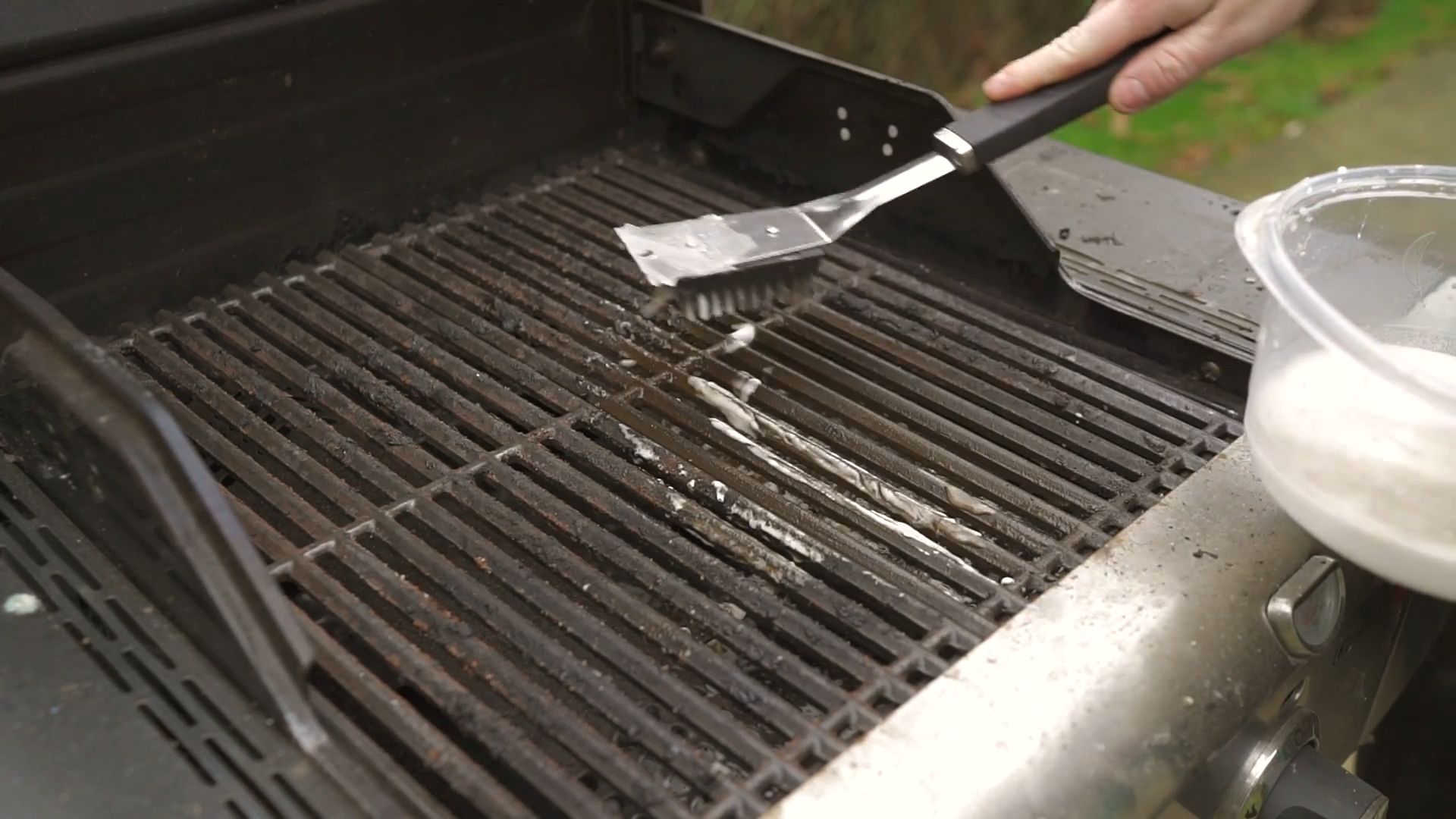
Conclusion
So, there you have it! Growing bush beans in pots is not only achievable, but it’s also a remarkably rewarding experience, especially for those with limited garden space or those just starting their gardening journey. We’ve walked through the simple steps, from selecting the right pot and soil to nurturing your plants and harvesting your delicious bounty.
Why is this DIY trick a must-try? Because it brings the joy of fresh, homegrown vegetables right to your doorstep, balcony, or patio. Imagine stepping outside and picking crisp, tender bush beans for your dinner salad or a quick stir-fry. The flavor is simply unmatched by anything you can find in the grocery store. Plus, you have complete control over the growing process, ensuring your beans are free from harmful pesticides and chemicals.
But the benefits extend beyond just taste and health. Gardening is a fantastic stress reliever, a way to connect with nature, and a fulfilling hobby that provides a sense of accomplishment. Watching your bush beans sprout, grow, and produce is a truly magical experience.
Looking for variations? Absolutely! Consider these ideas to personalize your potted bush bean garden:
* Succession Planting: Plant new seeds every few weeks to ensure a continuous harvest throughout the growing season.
* Companion Planting: Plant marigolds or nasturtiums alongside your bush beans to deter pests and attract beneficial insects.
* Vertical Gardening: While bush beans are naturally compact, you can still add a small trellis or support structure to encourage upward growth and maximize space.
* Different Varieties: Experiment with different varieties of bush beans, such as Blue Lake, Contender, or Provider, to find your favorites. Each variety offers a unique flavor and texture.
* Container Combinations: Plant herbs like basil or thyme in the same pot as your bush beans. These herbs can help repel pests and enhance the flavor of your beans.
We’ve covered everything you need to know to successfully grow bush beans in pots. Now, it’s your turn to get your hands dirty! Don’t be intimidated if you’re a beginner. Gardening is all about learning and experimenting. Start small, follow the steps outlined in this guide, and be patient. You’ll be amazed at what you can achieve.
We are confident that you will find this DIY project to be both enjoyable and fruitful. So, grab your pots, soil, and seeds, and get ready to embark on a rewarding gardening adventure.
We encourage you to try this DIY trick and share your experience with us! Post photos of your potted bush bean garden on social media using #PottedBushBeans and tag us. We can’t wait to see your success stories and learn from your experiences. Happy gardening!
FAQ
Here are some frequently asked questions about growing bush beans in pots to help you along the way:
What is the best size pot for growing bush beans?
The ideal pot size for growing bush beans is at least 12 inches in diameter and 12 inches deep. This provides enough space for the roots to develop properly and allows for adequate drainage. You can use larger pots if you prefer, but avoid using pots that are too small, as this can stunt the growth of your plants. A five-gallon container is a good starting point.
What type of soil should I use for growing bush beans in pots?
Use a high-quality potting mix that is well-draining and rich in organic matter. Avoid using garden soil, as it can become compacted in pots and hinder drainage. Look for a potting mix that contains ingredients like peat moss, perlite, and vermiculite. You can also amend your potting mix with compost or aged manure to provide additional nutrients.
How often should I water my potted bush beans?
Water your bush beans regularly, especially during hot and dry weather. The soil should be kept consistently moist, but not waterlogged. Check the soil moisture level by sticking your finger into the soil. If the top inch of soil feels dry, it’s time to water. Water deeply, allowing the water to drain out of the bottom of the pot. Avoid overhead watering, as this can promote fungal diseases.
How much sunlight do bush beans need?
Bush beans need at least 6-8 hours of direct sunlight per day to thrive. Choose a sunny location for your potted bush beans, such as a south-facing balcony or patio. If you don’t have enough sunlight, you can supplement with grow lights.
Do I need to fertilize my bush beans?
Yes, bush beans benefit from regular fertilization. Use a balanced fertilizer, such as a 10-10-10 or 5-10-5, according to the package directions. Fertilize every 2-3 weeks during the growing season. You can also use organic fertilizers, such as compost tea or fish emulsion.
How do I protect my bush beans from pests and diseases?
Inspect your plants regularly for pests and diseases. Common pests that affect bush beans include aphids, bean beetles, and spider mites. You can control these pests with insecticidal soap, neem oil, or by handpicking them off the plants. Common diseases that affect bush beans include powdery mildew and bean rust. Prevent these diseases by providing good air circulation, avoiding overhead watering, and using disease-resistant varieties.
When should I harvest my bush beans?
Harvest your bush beans when the pods are firm, plump, and about the size of a pencil. The beans inside the pods should be small and tender. Harvest regularly to encourage continued production. Overripe beans will be tough and stringy.
Can I grow bush beans indoors?
While it’s possible to grow bush beans indoors, it can be challenging to provide them with enough light and humidity. If you want to try growing bush beans indoors, choose a sunny location near a window and supplement with grow lights. You’ll also need to provide adequate humidity by misting the plants regularly or using a humidifier.
What are some common problems when growing bush beans in pots?
Some common problems when growing bush beans in pots include:
* Yellowing leaves: This can be caused by overwatering, underwatering, nutrient deficiencies, or pests.
* Stunted growth: This can be caused by insufficient sunlight, poor soil, or rootbound plants.
* Lack of flowers or pods: This can be caused by insufficient sunlight, poor pollination, or nutrient deficiencies.
* Pests and diseases: As mentioned earlier, bush beans are susceptible to various pests and diseases.
By addressing these problems promptly, you can ensure a successful harvest of your potted bush beans.
Can I save seeds from my bush beans?
Yes, you can save seeds from your bush beans, but only if you are growing heirloom varieties. Hybrid varieties will not produce true-to-type seeds. To save seeds, allow some of the pods to dry completely on the plant. Once the pods are dry and brittle, remove the seeds and store them in a cool, dry place.
We hope these FAQs have answered your questions about growing bush beans in pots. Remember, gardening is a learning process, so don’t be afraid to experiment and have fun!

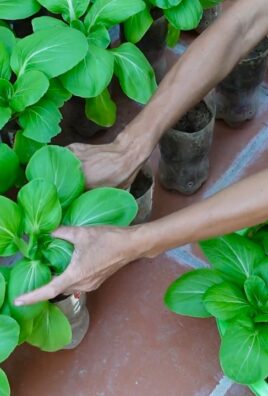
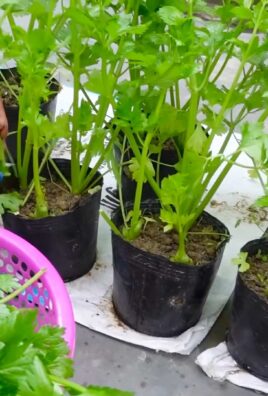
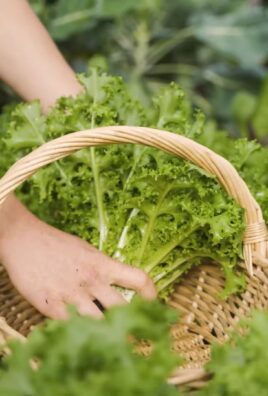
Leave a Comment